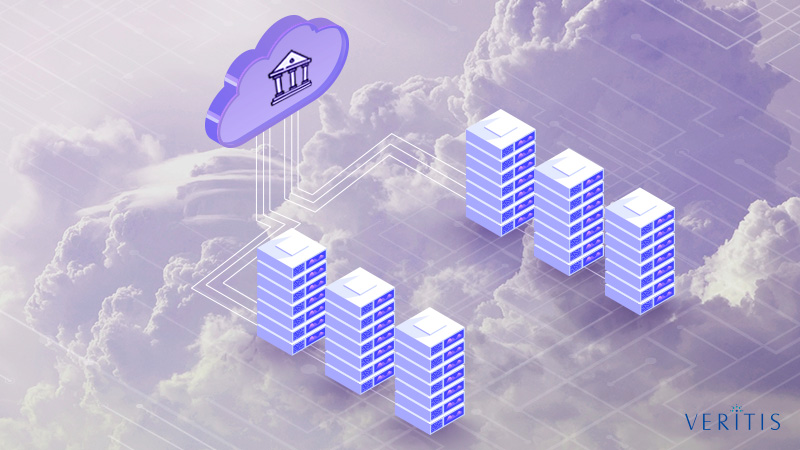
Cloud adoption has been on the rise for decades and has now reached a level that we don’t see any ‘non-cloud’ IT environment around.
Given this tremendous rise, it’s no exaggeration to say that every industry could use one or the other form of cloud computing methods/processes in their regular activities.
While no industry is an exception to this trend, the government sector is getting on track to be on par with others in cloud implementation.
The result is what we see around as government data stored on the cloud, app-driven public services, cloud-hosted online services, web interactions, and more.
What’s driving governments? The answer lies in the cloud’s ability to deliver services efficiently over the network at low costs.
Gartner predicts a two-fold rise in the government sector’s rate of public cloud adoption, with spending growing at an average of 17.7% annually through 2021.
Government and Cloud Adoption Trends

While companies across most industries spend 20% of their budgets on the cloud, government organizations’ spending varies depending on their scope of operations at the local, state, and national levels.
As the Gartner reports, local governments spend 20.6% of their IT expenditure on cloud, while it is 22% in case of national governments.
“The key to successfully implementing cloud in government is accounting for the unique technical, organizational, procedural, and regulatory issues of individual organizations,” says Neville Cannon, research director at Gartner.
According to Cannon, national governments consider cloud technology as a long-term strategy for achieving IT modernization. Meanwhile, local and regional governments look at it as a means of achieving immediate benefits such as faster innovation and cost savings.
However, local governments are closer to enjoying cloud benefits, as that demands only low budgets while ultimately helping them in their digital transformation efforts.
Public vs Private Cloud

Public cloud services are much closer to the government sector, given the cost and pay-as-you-go models, among others, they offer.
But a few hindering factors pull back the public sector cloud adoption, majorly security or privacy, lack of diverse features, and vendor lock-in issues.
Given these factors, Gartner predicts a positive trend for private cloud in the government sector in the years to come, with at least a two-fold rise over the public cloud through 2021.
“Governments will implement private cloud at twice the rate of public cloud through 2021, despite private cloud not delivering the same benefits in scale, functionality, cost savings or agility as public cloud,” adds Gartner.
Private Cloud, The New Legacy
“Government private cloud is the new legacy,” says Cannon.
Government organizations view the private cloud as a means of advanced virtualization or outsourcing critical IT infrastructure, which eases the maintenance burden.
While multiple options run heavy workloads, governments often consider a private cloud a more specialized option.
According to Gartner, less than 5% of government private clouds are enjoying full cloud features.
“What this highlights is that there are political benefits to talking about moving to the cloud, even where that transition is not taking place in a meaningful way,” explains Cannon.
However, Gartner notes that poor implementation can harm the public and governments, ultimately affecting the delivery of public services.
Case Study: Enterprise Grade Cloud Provisioning with a Governance-First Approach
Veritis supported a global technology client in provisioning a robust cloud infrastructure that mirrors many of the exact needs seen in public sector cloud adoption, namely, compliance readiness, security-first architecture, and scalable design. By implementing automated provisioning, identity and access controls, and workload optimization, Veritis delivered a future-ready infrastructure that not only met but exceeded the client’s global operational standards, ensuring scalability and adaptability.
This case illustrates how cloud provisioning best practices employed in enterprise settings can serve as a model for large-scale, secure, and compliant cloud adoption, mirroring trends in the government sector.
Read the complete case study: Provisioning Cloud Infrastructure Requirements for Global Technology Client.
Data Remains Crucial
Whether it the private or public cloud, the discussion is now about ‘data security’.
Given this scenario, organizations need to ensure relevant firewalls strongly protect data.
But what about the data over the cloud? This is where additional security measures, strong regulatory and compliance, encryption, and data governance are the need of the hour.
Given these data concerns, choosing the right cloud option to alleviate security concerns remains a crucial challenge for all industries, irrespective of size.
If you are also stuck at this point, it’s time to hire a strategic cloud consultant!
Additional Resources:
